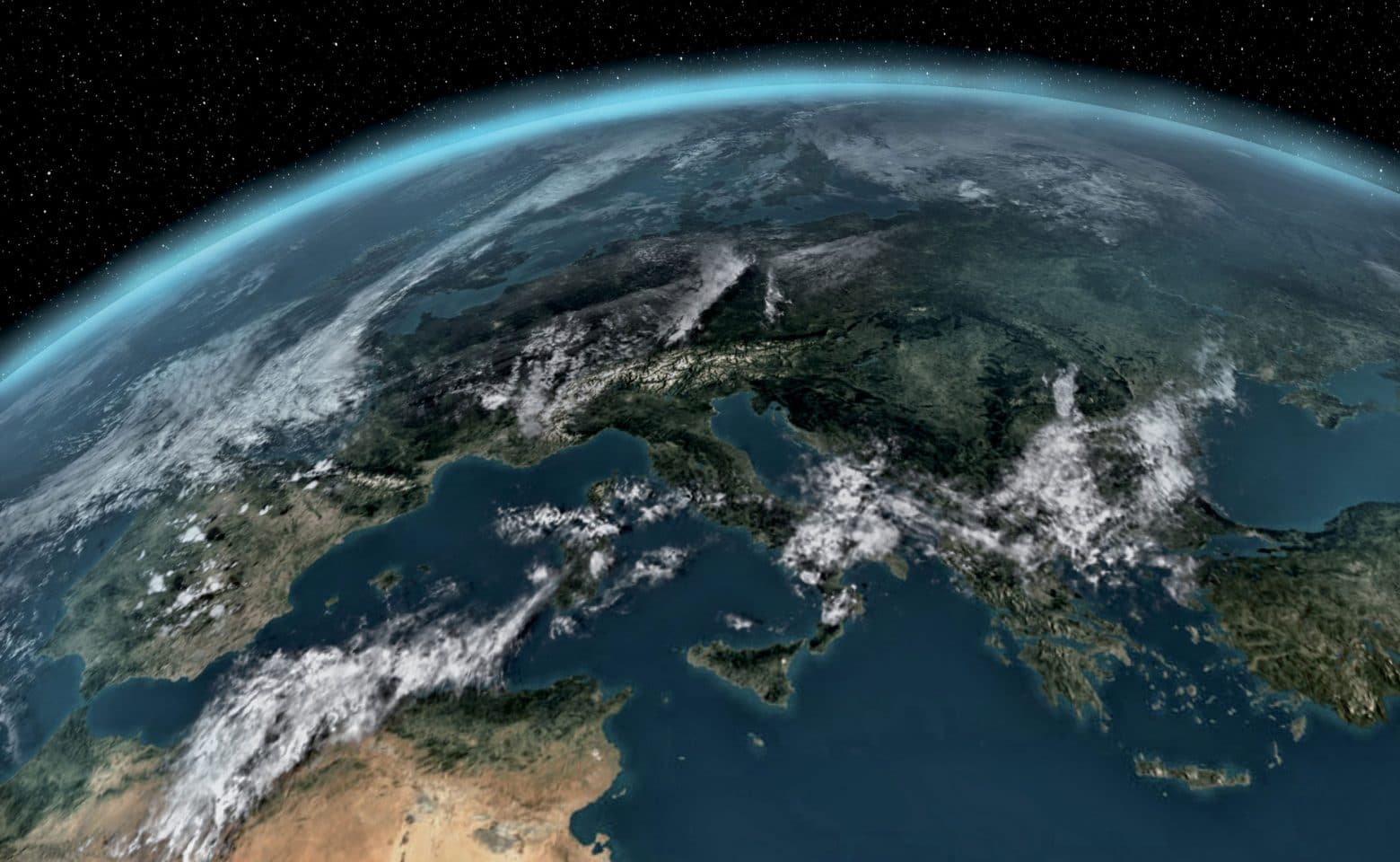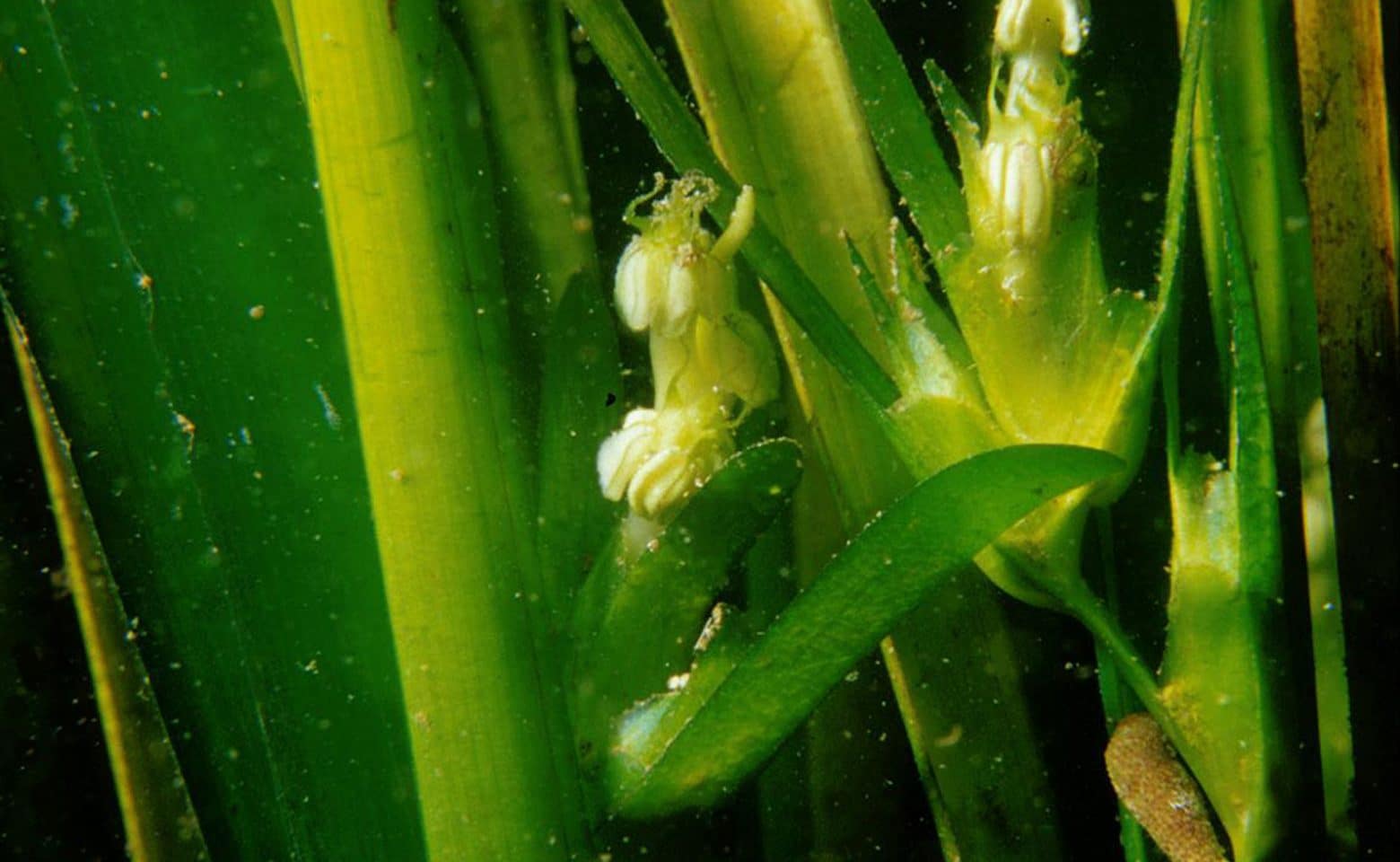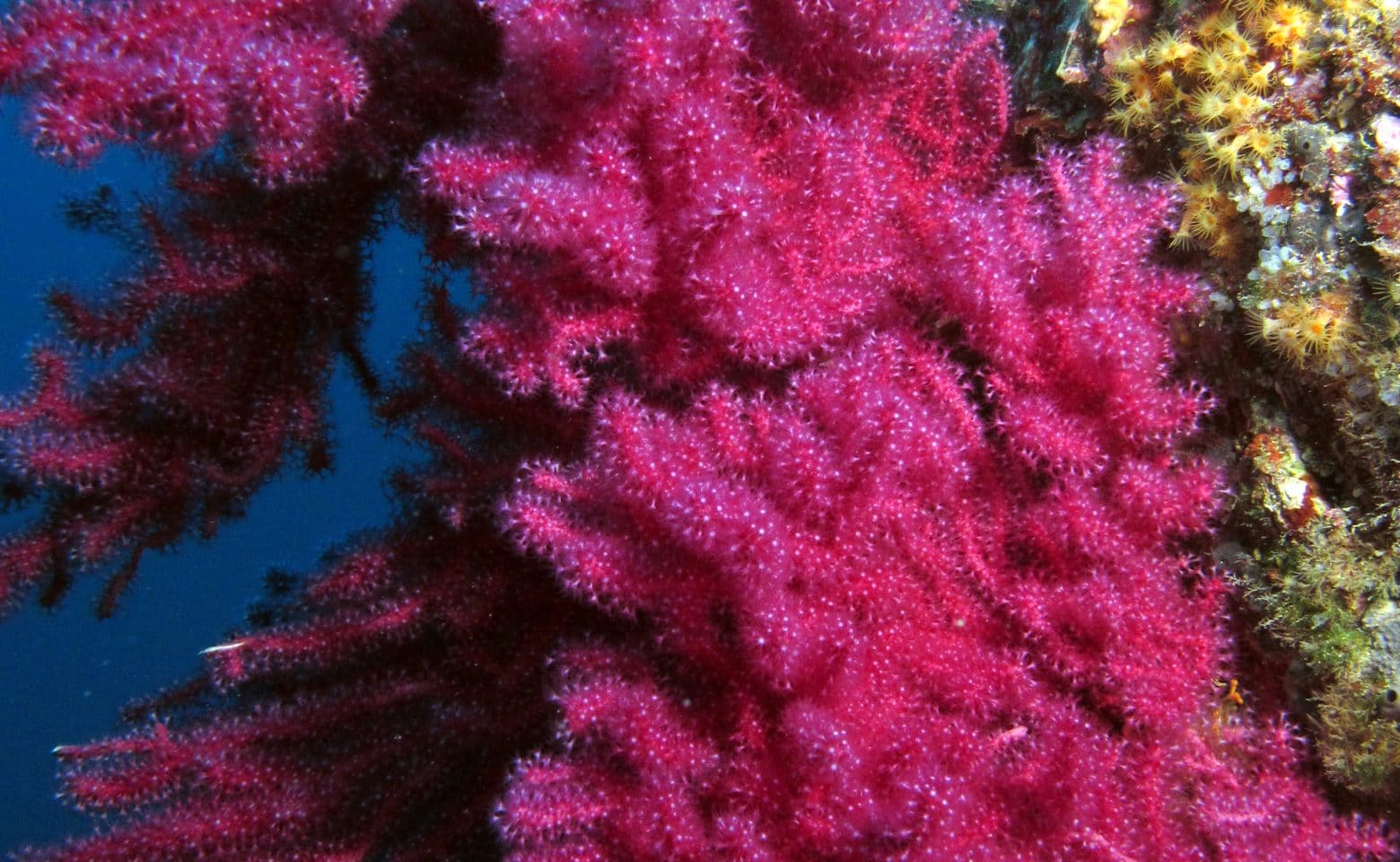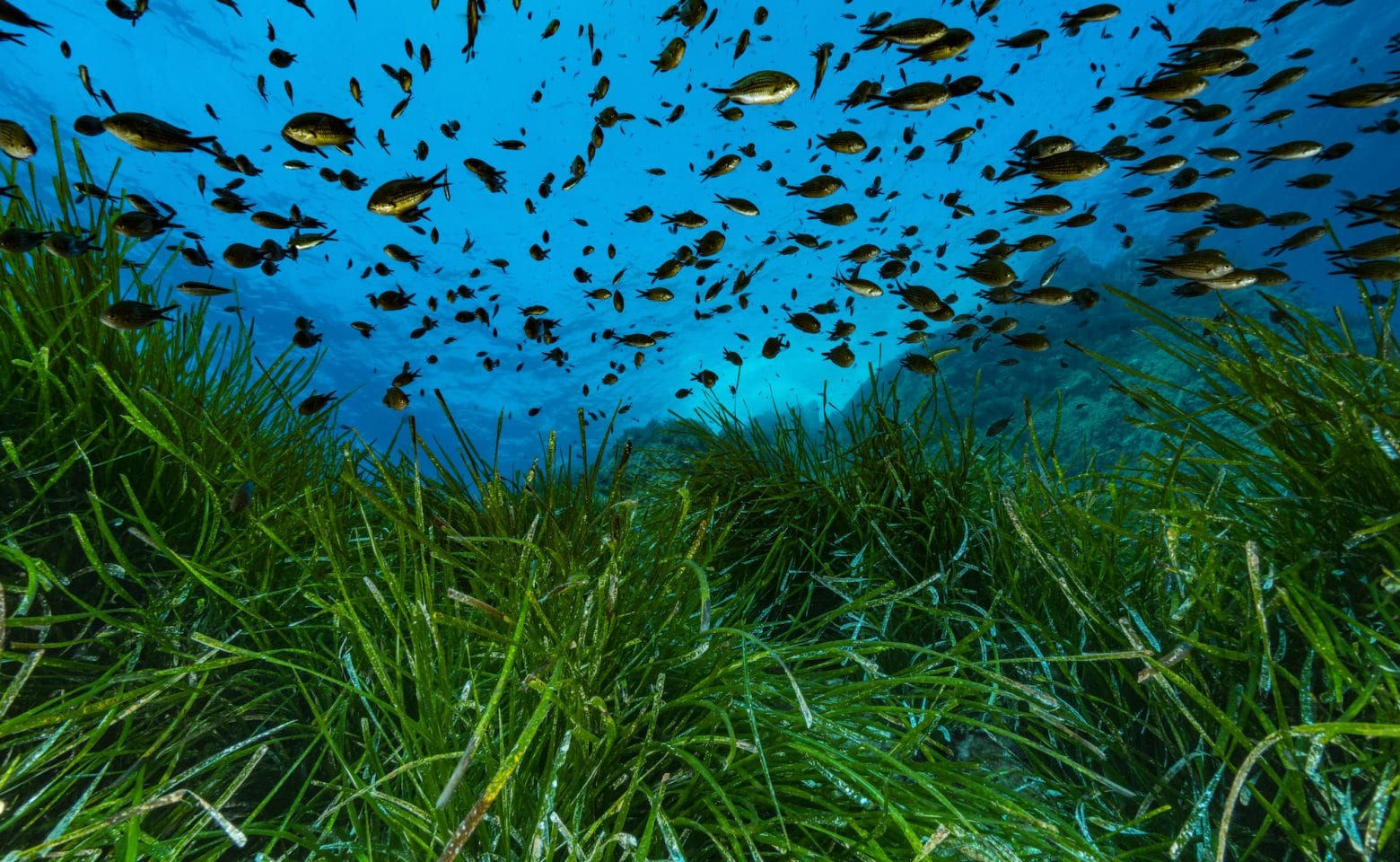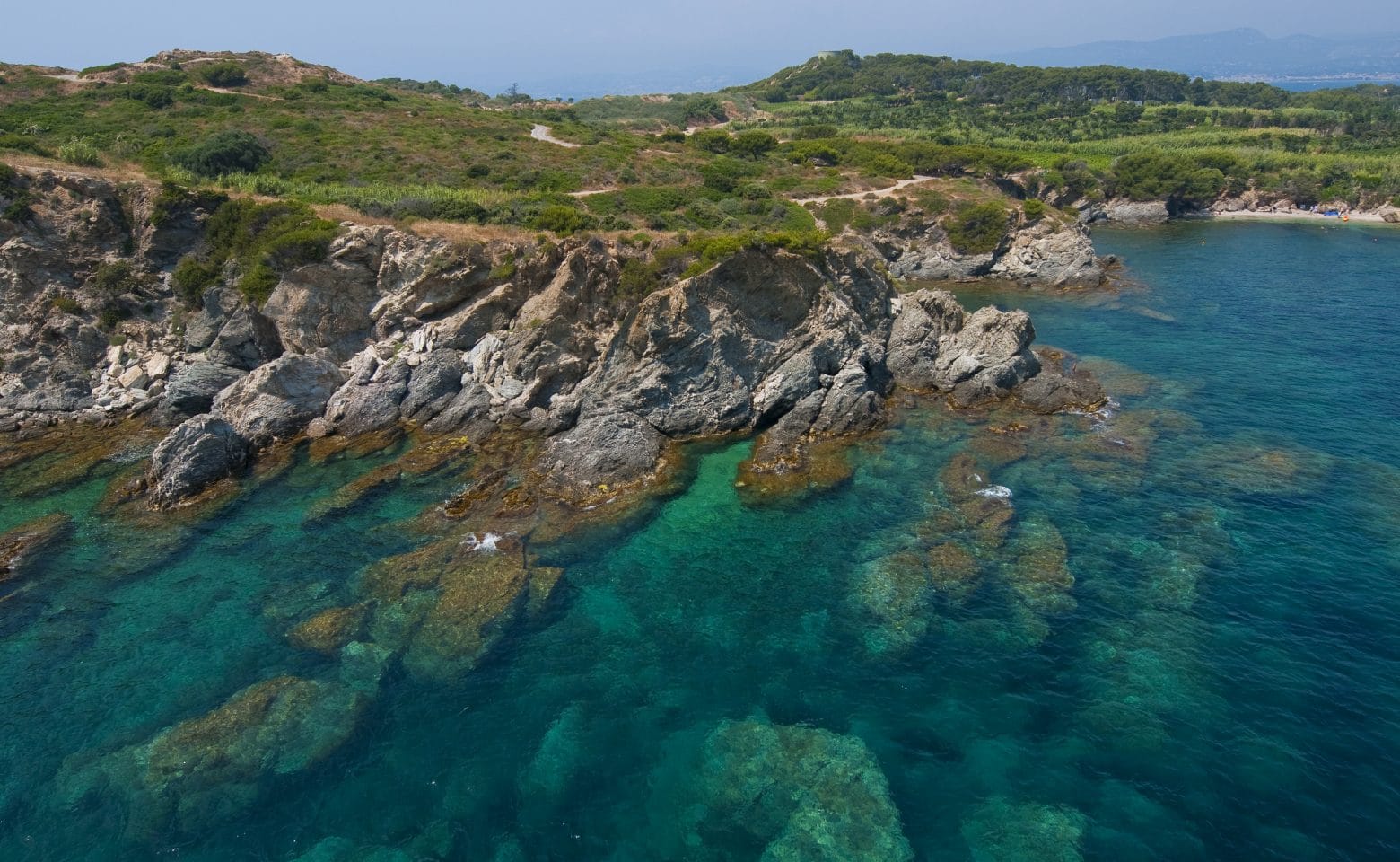Despite their cultural and economic differences, the countries of the Mediterranean are aware of their collective responsibility to protect the future by acting sustainably today. As such, the Barcelona Convention was adopted in 1975 under the auspices of the United Nations Environment Programme (UNEP), calling on countries to adopt a Mediterranean Action Plan (MAP).
The Mediterranean is a biodiversity hotspot, making its preservation a global priority. This involves creating more and more marine protected areas (MPAs), of which there are over one thousand in the Mediterranean. In France, an exemplary 20% of coastal waters are protected.
Protected areas are an essential tool for dealing with climate change and changes in biodiversity. They also help better manage fish stocks and can serve as laboratories where new solutions can emerge. At the Paul Ricard Oceanographic Institute for example, nature-based solutions are being studied there, aimed at finding ways to sustainably harness the sea as our ally.
As the cradle of civilisations, the Mediterranean can and must be a font of solutions that we can deploy together to address the changes on the horizon.
-
The Barcelona Convention
The Barcelona Convention (1976) aims to reduce pollution and protect the Mediterranean’s marine environment. It has five main objectives: assess and control pollution; ensure the sustainable management of marine and coastal natural resources; integrate the environment into economic and social development; protect the marine environment and coastal areas through actions to prevent and reduce pollution; and protect our natural and cultural heritage and strengthen solidarity among Mediterranean countries.
In 1995, its scope was extended to include coastal areas and the precautionary and polluter-pays principles. The new provisions also promote impact assessments, protection and preservation of biodiversity, fighting pollution from the transboundary movement of hazardous waste, access to information and public involvement (source: IUCN).
-
MAP, the Mediterranean Action Plan
The Mediterranean Action Plan (MAP) was established to implement the Barcelona Convention. Initially, its main role was to set up research and scientific monitoring activities and carry out socio-economic studies. Today, both the European Union and the twenty-one Mediterranean countries are MAP members (source: IUCN).























